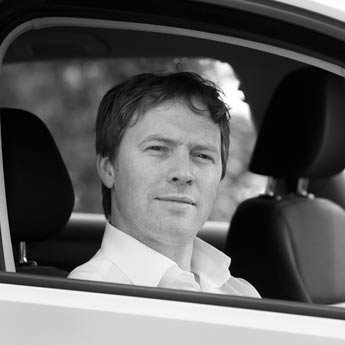The original DS4 was first known as the Citroen DS4, and was launched in 2010 as an upmarket alternative to the mainstream Citroen C4 hatchback. Under the skin, it shared its running gear with the C4, but wrapped it in a more coupe-like body and added slightly raised suspension for a crossover look, as well as an upmarket interior. When Citroen went a step further to create the standalone DS luxury marque, the DS4 was at the core of the revamp, and received a facelift at the same time.
Thanks to its unique positioning, the DS4 never achieved much sales success, but today it makes for a great-value used family hatchback with plenty of upmarket equipment for the money. It was designed as a potential rival for cars such as the Audi A3, Mercedes A-Class, BMW 1 Series, Lexus CT and Volvo V40 when it was new, but never really met those lofty ambitions, and today it's available for a lot less money than any of them, being closer in price to cars such as the Renault Megane, Peugeot 308, Ford Focus, Opel Astra and closely-related Citroen C4.
What's it like?
Under the skin of the Citroen DS4 has the same running gear found on the second-generation Citroen C4. However, the body is slightly raised, and while it has a fairly conventional five-door layout, there are hidden rear door handles in the C-pillars and the rear passenger windows don't open. Boot space isn't quite a match for the C4 on which it's based, either. The DS4's trump card is its interior quality, though, with more plush materials used than in the C4.
A range of efficient, but generally underpowered, petrol and diesel powerplants were on offer. The HDi diesels are especially efficient, with 111hp 1.6 and 163hp 2.0-litre units available. Petrol power came from a 120hp 1.6 VTi or two turbocharged 1.6 THP units with 156hp or 200hp. All cars are front-wheel drive, but while the raised ride height might give the impression of a more comfortable ride than the C4, it's not any better.
However the DS4 is more about relaxed driving than sporty performance. The handling is stodgy and the engines, apart from the 200hp petrol option, aren't very responsive, so it's better to revel in the unique interiors and fuel efficiency that are on offer.
Which model to go for?
As with other 'transition' models that made the switch from Citroen to DS branding, the DS4 received a facelift with the move in 2016. These cars are better equipped but for not much extra outlay when compared with the Citroen-badged models.
Trim levels included DStyle, DSign and DSport variants, with different levels of equipment depending on the model chosen. In addition, there was also a DS4 Crossback, which offered a more rugged SUV-inspired look, although didn't offer any more off-road ability or comfort than the standard DS4.
Most variants are diesels, and these should be reliable, as well as offering good efficiency. All versions of the DS4 came with stop-start to help save fuel around town.
Does anything go wrong?
There have been recalls of the DS4 to rectify issues with airbags, damage to the vacuum pump of the brake servo and issues with teeth wearing off the timing belt on cars used in dusty conditions, while the car's electronics and the cable latch for the bonnet have all needed attention, too. Fuel rails, turbocharger oil leaks and the electrical connection to the fuel heater can all cause problems, as well, although a Citroen/DS dealer will be able to tell if a specific car is affected and has been tended to.
